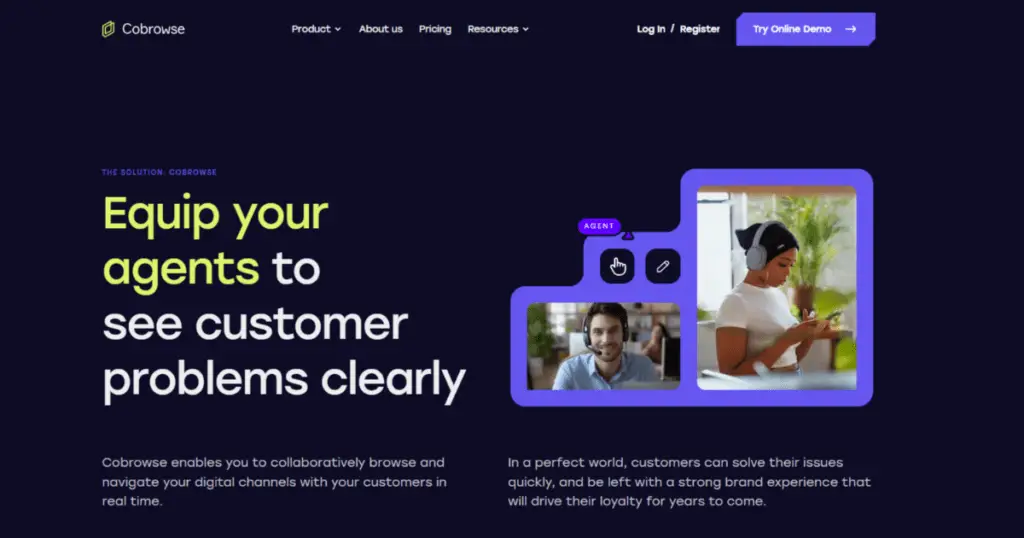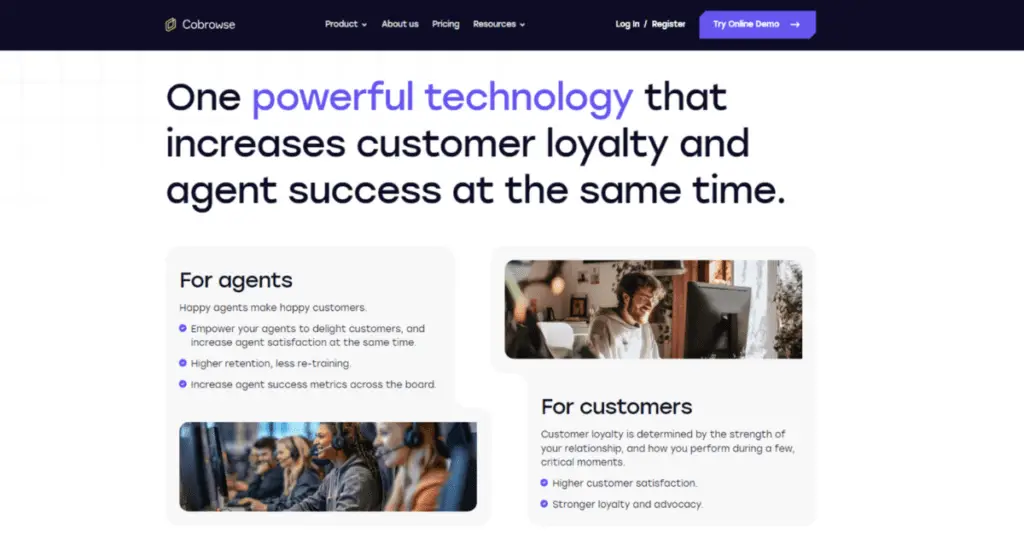What is Co-browsing: Is co-browsing safe? Understand how co-browsing works for financial institutions, its benefits, and the safety measures in location. Explore the excellent co-browsing tools and their functions, and discover answers to commonplace privacy concerns and obstacles.
Co-browsing, or collaborative browsing, is a current era that allows two or more customers to browse the same web page in real time. This device is revolutionizing customer support and online collaboration by enabling sellers and customers to engage seamlessly, sharing an identical display screen without the want for downloads or installations.
This browser enhances a person’s enjoyment by supplying instant, finger-on help, making it easier to resolve problems and navigate complicated websites. With robust security measures in the region, co-browsing ensures statistics safety and privacy, making it a safe and green solution for businesses and users.
What is Co-browsing?

Co-browsing, short for collaborative browsing, is a technology that allows a consumer and a help agent to navigate a web page concurrently. Unlike display sharing, co-browsing focuses totally on the browser window, ensuring that only the web page in query is shared, protecting other private information and programs from being regarded.
This generation is beneficial for customer support because it permits agents to manually train customers through techniques, bureaucracy, or troubleshooting steps in actual time.
Co-browsing periods are initiated through a unique consultation code or hyperlink, making sure they are secure and managed to admission. By streamlining conversation and offering hands-on help, co-surfing notably improves user pride and operational efficiency.
How Does Co-browsing Work?
Co-browsing works through a combination of net technology that synchronizes the browsing session between the consumer and the guide agent. When a co-browsing session starts, the consumer typically stocks a consultation code or clicks a secure link furnished by the agent. This motion initiates a real-time connection in which both parties can see and interact with the identical web page.
The technique is powered via JavaScript and other net protocols that transmit the internet page statistics handiest, ensuring that the person’s personal statistics and different open packages remain private. Agents can spotlight text, fill out paperwork, and even click on buttons to guide the consumer. However, they cannot get the right to enter other browser tabs or the user’s computing device.
Advanced security capabilities, including end-to-end encryption and session recording, ensure that every interaction is secure and compliant with data protection regulations. This seamless integration of generation complements the help experience, making trouble decisions faster and more efficient.
Top 5 Co-browsing Tools
| Co-browsing Tool | Key Features | Pricing |
|---|---|---|
| Surfly | Real-time co-browsing, secure data masking, session recording | Starts at $50/month |
| Glance | Integrated with CRM, HD video, mobile co-browsing | Custom pricing |
| Upscope | Instant setup, interactive guide, API integration | Starts at $30/month |
| Crisp | Multichannel support, screen sharing, live chat | Starts at $25/month |
| TeamViewer | Remote access, secure file transfer, multi-platform support | Starts at $49/month |
Benefits of Co-Browsing

Co-browsing offers numerous blessings for organizations and users alike. Some of the significant thing advantages include:
- Enhanced Customer Support Experience: It provides real-time assistance, making it easier for customers to resolve troubles quickly.
- Improved Efficiency: Reduces the time needed to explain issues and find solutions, leading to quicker resolution times.
- Increased Customer Satisfaction: Personalized support ends in better pleasure and loyalty.
- Reduced Miscommunication: Visual guidance minimizes misunderstandings and mistakes.
- Higher First Contact Resolution Rates: Many troubles may be resolved in the first interplay, lowering the want for follow-up.
- Cost-Effective: Reduces the need for prolonged assist calls or on-web page visits.
- Seamless Integration: Easily integrates with current customer service systems and gear.
- Data Privacy: Focuses best on the internet web page being shared, ensuring different non-public statistics remain personal.
Is Co-browsing Safe?
Yes, co-browsing is safe when the right security features are in place. It employs superior encryption techniques to ensure that records transmitted throughout the session are steady. Only the web page content is shared, keeping other browser tabs and private applications private.
Additionally, co-browsing sessions are frequently initiated through specific consultation codes or secure hyperlinks, preventing unauthorized entry.
To enhance protection, many co-surfing gear offer features like protecting sensitive information, logging consultation sports, and requiring express user consent before starting a consultation. These measures help shield both the person’s and the company’s information, making co-surfing a dependable and secure alternative for real-time online help.
Is Co-browsing Safe for Financial Institutions?

Yes, co-browsing is safe for monetary establishments while applied with stringent protection protocols. Financial establishments prioritize records protection and privacy; co-browsing solutions are designed to fulfill those excessive standards. These solutions use robust encryption to defend touchy records transmitted at some point in co-browsing classes.
Additionally, advanced safety capabilities and statistics coverage ensure, and statistics cover to ensure that touchy records like account numbers or personal identifiers are hidden from view. Financial institutions additionally benefit from specific consultation logging and monitoring, which help maintain compliance with regulatory requirements.
With those safety features in place, co-browsing allows financial institutions to offer personalized, real-time assistance to their clients without compromising on security. This makes co-browsing a valuable tool for enhancing customer service while maintaining the best record of safety and privacy requirements.
Conclusion:
In conclusion, co-browsing is a safe and extraordinarily beneficial technology for businesses and users alike. It facilitates real-time collaboration, allowing marketers to offer instant and powerful help. The technology enhances purchaser delight by lowering the effort and time needed to resolve problems, making interactions more green and personalized.
Security is a paramount concern; co-surfing equipment includes strong measures to guard personal information. Encryption, information protection, and managing get admission to make sure that touchy records remain stable. These safety features are critical for financial institutions and other sectors handling exclusive facts.
Co-surfing improves cut quality and operational efficiency while retaining high levels of privateness and statiprivacyction. This makes it a useful device for any business enterprise looking to decorate its digitally enhanced sports.
FAQs
No, there’s a minimum danger of statistics leakage at some point in co-browsing. Advanced encryption and records masking techniques are employed to guard sensitive records, making sure that only the shared net page is visible to each event.
Yes, there are a few barriers to co-browsing. It is restricted to the browser window and can’t access other applications or computer content. Additionally, the effectiveness of co-browsing relies upon the quality of the net connection and the compatibility of the co-browsing tool with various net structures.
Address privacy worries by using co-browsing tools that provide strong safety functions, such as information overlaying and encryption. Ensure that sessions are initiated with user consent and that sensitive statistics are protected by intention.








2 thoughts on “What is Co-browsing: Is Co-browsing Safe for Financial Institutions?”